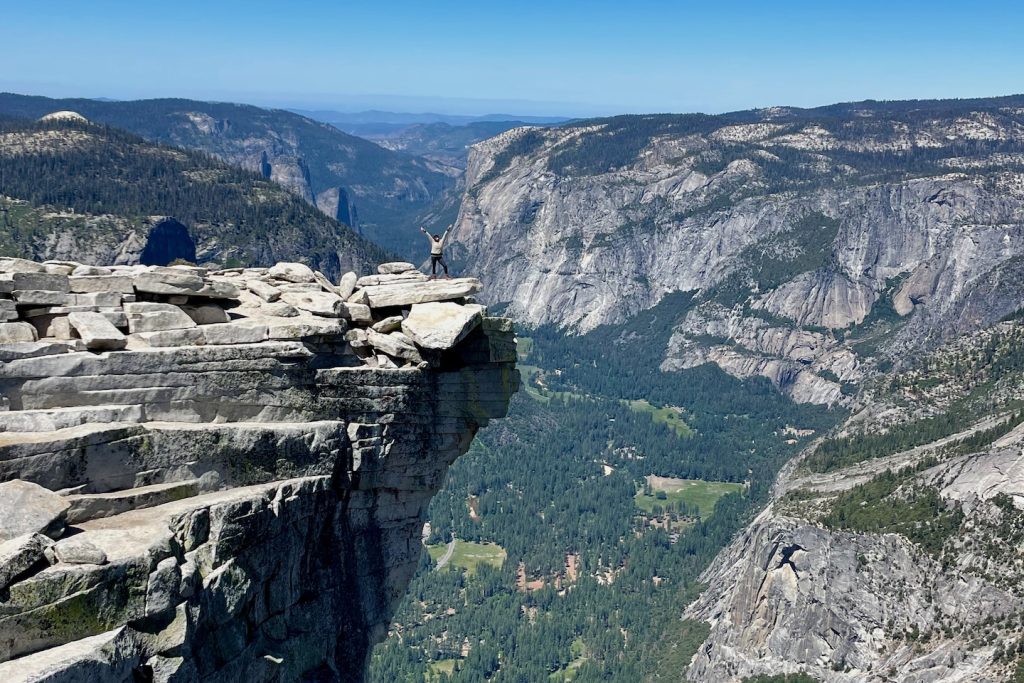The first thing to do when you arrive at a park is to stop at the visitor center. No matter how much research you do in advance, national parks still operate in a somewhat analog fashion, often displaying the most accurate weather concerns, trail and road conditions, events, and other on-site announcements . Talk to park rangers and ask for advice on their must-do hikes or stops; they can have insider knowledge on how to beat crowds. Learn more at the park's museum about the history of the land and the animals to look out for – and, of course, be sure to get your passport stamped.
It's important to start slow and small when hiking, even if you're a seasoned veteran, to understand the park's layout. Most parks have a short, easy “discovery” trail leading to or near the visitor center. These low-impact trails are intended for less mobile visitors to get an overview of the park, but should not be overlooked by more ambitious hikers. Some are oriented towards educational exhibitions, such as the Fossil Exhibition Trail in the Badlands. Others serve as landscape examples, such as the Discovery trail in the Joshua tree. Spend time acclimating to the park on easier trails before tackling anything bigger, as you may discover factors you overlooked and need to adjust your schedule.
Unless you have extensive experience hiking alone in the wilderness, only hike on an established and maintained trail. None of the parks I visited required an off-trail excursion to enjoy the beauty of feeling totally immersed in nature. There are many maintained trails that are little traveled. Stay on the trail, and smart hiking.


